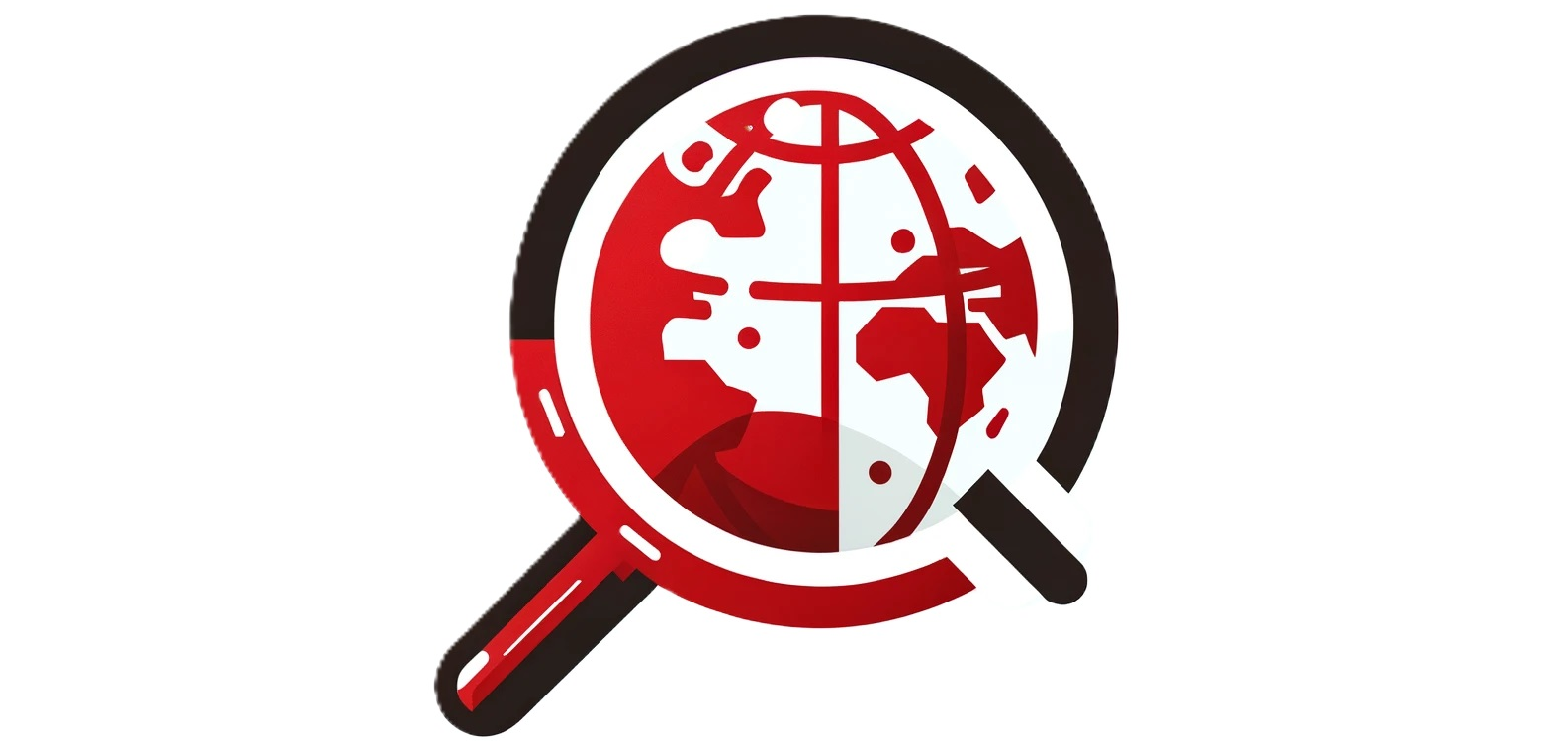Pipes are essential for various liquid systems, including water and sewage. Pipes are essential components for dependable fabrication, and any weak or failure-prone pipes must be quickly detected and removed before they are introduced at work sites.
This short guide will go through the key things you need to know about pipe quality control.
What Is the Most Common Type of Piping?
Pipes come in various types of materials, enabling them to cater to a range of intended purposes. But they’re usually divided into two broader categories: metallic and non-metallic. Metallic pipes are usually made from steel, or cast iron, and non-metallic pipes can be made from PVC or polyvinyl chloride (PVC).
Below are some standard pipes:
- Cast Iron Pipes/ Ductile Iron Pipe
- Asbestos Pipe
- PVC Pipes
- Galvanized Steel (GI) Pipes
- Concrete Pipes
- HDPE Pipes
Why Is Quality Control Important for Pipe Products?
Pipe quality control is essential for safety, the economy, and regulatory compliance. Many variables should be taken into consideration during the quality control process. These considerations include the dimensions, hardness, and edge condition of the incoming materials, the power delivered to the welding unit, and the condition of tooling surfaces, bearings, and other components.
A pipe failure can cause a loss of product or stop production while the pipeline is repaired – which can be extremely costly. A pipe failure may also result in costly cleanups and waste remediations.
What Are the Pipe Quality Inspection?
The pipe inspection process for pipe products can include both visual and functional assessments.
Quality Pipe Inspection Using Visual Inspections
The visual inspection process includes inspecting the pipe for uneven surfaces, leaks, corrosion, and other visual impairments. As well as evaluate the quality of workmanship and dimension condition to ensure the pipe conforms to the client’s specifications.
Quality Pipe Inspection Using Mechanical Inspections
Mechanical inspection uses a series of tools and techniques to inspect pipes. The assessment includes looking at the condition of the pipes, such as conducting an impact resistance test, tensile strengths, and temperature test to ensure that it conforms to international standards.
Other types of inspections for pipe products include:
- Factor/supplier audit
- Development and review of inspection and testing protocol
- Pre-production inspection (PPI), during production inspection (DUPRO), pre-shipment inspection (PSI)
- Loading / unloading supervision (LS / US)
- Production monitoring
What Are the Regulations for Pipe Quality Control?
Quality control for pipe products is crucial to comply with governmental regulations worldwide, including various industry safety standards and requirements for inspection and testing of pipe welds, non-destructive testing, and repair and removal of defects.
Below are some fundamental standards and specifications you need to be aware of when dealing with pipes:
- API 5L, API 5CT
- DIN EN ISO 3183, EN 10217-1, EN ISO 10219
- ASTM A-53, A-106, A-139, A-252, A-500
- DNV-OS-F101
- Coating specifications DNV RP F106, DIN 30670, NFA 49710, Shell DEP 31.40.30.31-Gen, CAN/CSA Z 245/21, GS EP COR 220, ISO 21809-1
Conclusion: Quality Control Inspections for Pipe Products [Steel Pipes, Cast Iron Pipes, And More]
When it comes to pipes, detecting a problem early on can save businesses money in the long run and avoid operational disruptions. Quality control inspections ensure the pipe product meets a specified standard, whether that’d be the client’s requirements or regulatory compliance.
These pipe inspections may include testing to ensure the product can be used safely, testing to confirm strength and durability, or even a visual inspection. With over 25 years of experience in quality assurance, AQM BD is ready to help your business with pipe welding quality control, pipe quality inspections and other relevant inspection services. Contact us today to find out how we can help you navigate current quality control challenges.





